In One Day International cricket, bowlers aim to restrict runs while taking wickets to help their team win. However, sometimes bowlers suffer particularly tough days, where they give away too many runs without much reward. These spells are often remembered for their poor economy rates. The Worst Economy Rates in a Single ODI Match showcase some of the most expensive bowling performances in ODI history. This article presents the top 10 worst economy spells from number 10 to number 1, with detailed explanations and statistics for each.
List of 10 Worst Economy Rates in a Single ODI Match
10. JB Little

JB Little had a very difficult time bowling against England at Bristol. Over 5 overs, he conceded 69 runs without taking any wickets, resulting in a staggering economy rate of 13.80. This is one of the worst economy rates in a single ODI match and highlights how England’s aggressive batting lineup targeted him. The English batsmen were relentless, punishing every loose delivery, and Little’s lack of wickets meant he couldn’t slow down their momentum. His bowling figures reflect a match where containment was impossible, making it a nightmare outing for the Irish bowler Worst Economy Rates in a Single ODI Match.
| Player | Overs | Runs Conceded | Wickets Taken | Economy | Opposition | Match |
|---|---|---|---|---|---|---|
| JB Little | 5.0 | 69 | 0 | 13.80 | England | Ireland vs England |
9. KJ O’Brien
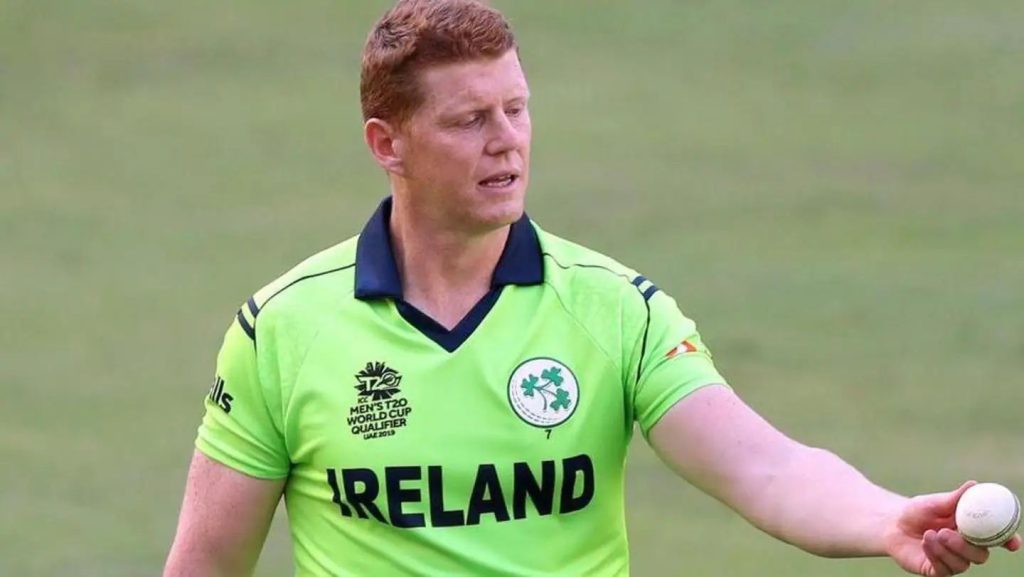
Kevin O’Brien’s bowling against South Africa during the 2015 Cricket World Cup was highly expensive. He bowled 7 overs, giving away 95 runs and claiming only one wicket, which gave him an economy rate of 13.57. The South African batsmen dominated his bowling attack, hitting powerful shots throughout his spell. Despite his efforts to contain the run flow, the boundaries kept coming, and the pressure of a World Cup stage showed as O’Brien struggled to make an impact. His figures are a prime example of the Worst Economy Rates in a Single ODI Match where the bowlers have little success against dominant batting.
| Player | Overs | Runs Conceded | Wickets Taken | Economy | Opposition | Match |
|---|---|---|---|---|---|---|
| KJ O’Brien | 7.0 | 95 | 1 | 13.57 | South Africa | Ireland vs South Africa |
READ MORE: Top 10 Best Bowling Figures in ODI Cricket History
8. Agha Salman
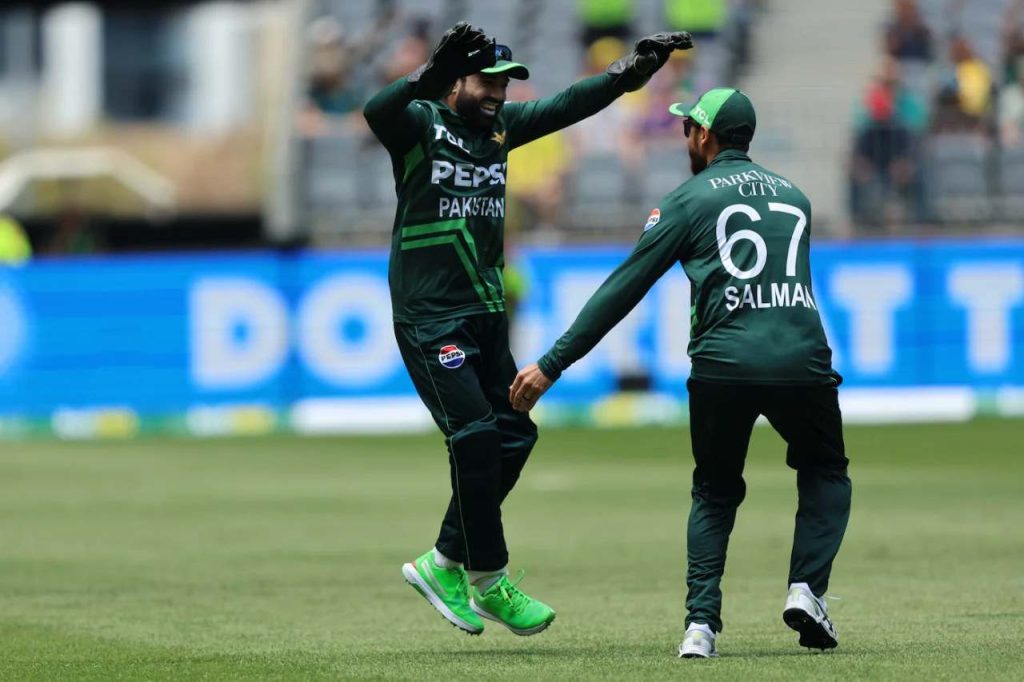
Pakistani bowler Agha Salman endured a tough time in his match against New Zealand in Napier. Bowling only 5 overs, he conceded 67 runs and failed to take any wickets. This resulted in an economy rate of 13.40, placing his spell among the worst economy rates in a single ODI match. New Zealand’s aggressive batting kept the pressure high, punishing Salman’s deliveries from the start. The relentless boundary-hitting and fast scoring made it impossible for him to settle, leading to a costly spell that significantly helped New Zealand post a high total.
| Player | Overs | Runs Conceded | Wickets Taken | Economy | Opposition | Match |
|---|---|---|---|---|---|---|
| Agha Salman | 5.0 | 67 | 0 | 13.40 | New Zealand | Pakistan vs New Zealand |
7. BFW de Leede
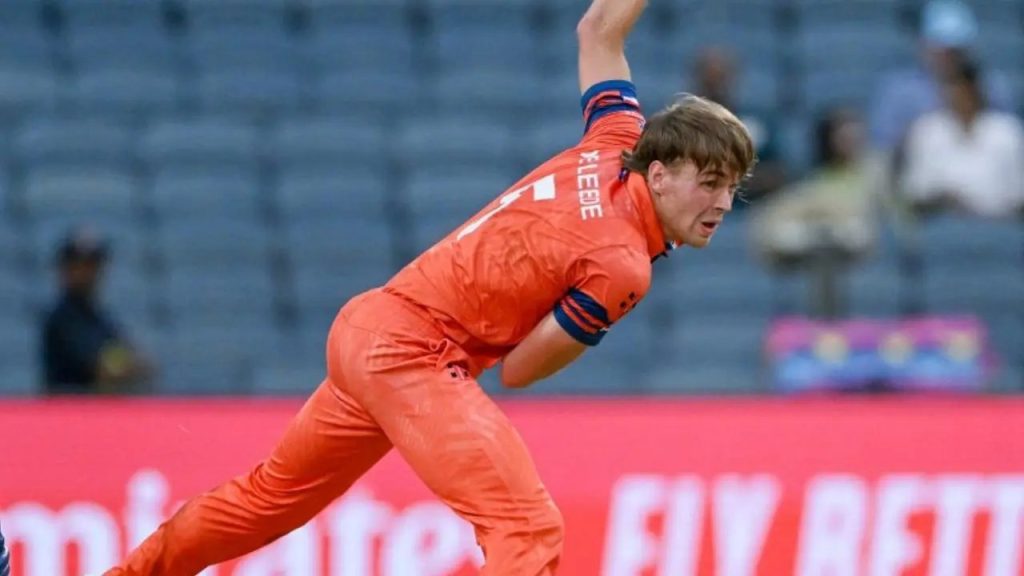
Dutch bowler BFW de Leede had a forgettable outing against England at Amstelveen, conceding 65 runs in just 5 overs with no wickets. This gave him an economy rate of 13.00, marking one of the worst economy rates in a single ODI match. England’s batsmen kept attacking him constantly, showing little respect and punishing every error. De Leede’s inability to take wickets or contain runs allowed England to accelerate freely, resulting in a heavily expensive spell that put pressure on the Netherlands’ bowling attack.
| Player | Overs | Runs Conceded | Wickets Taken | Economy | Opposition | Match |
|---|---|---|---|---|---|---|
| BFW de Leede | 5.0 | 65 | 0 | 13.00 | England | Netherlands vs England |
6. MC Sorensen
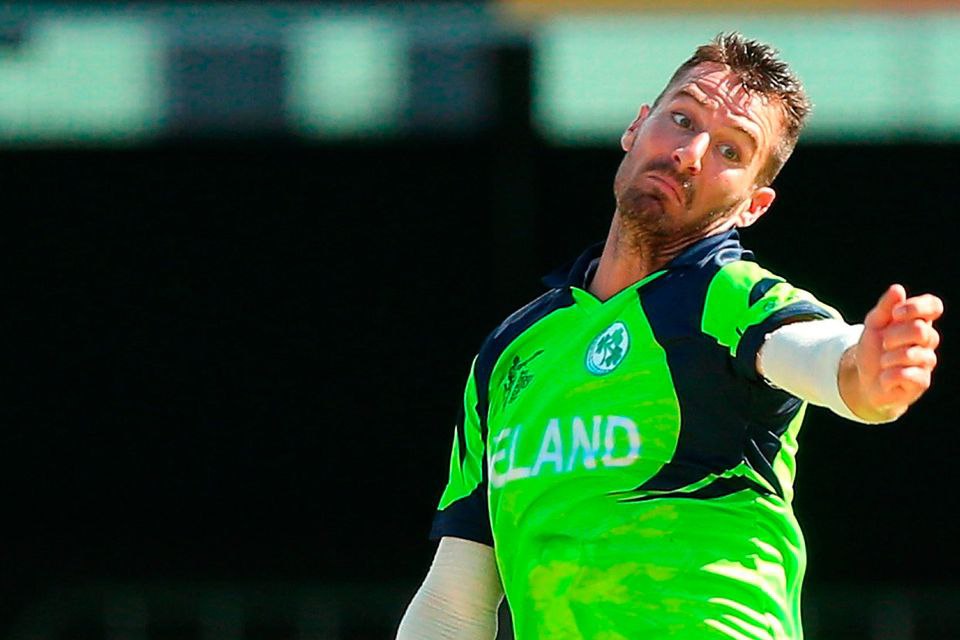
Irish bowler MC Sorensen found himself under immense pressure in Canberra against South Africa. Over his 6 overs, he conceded 76 runs without taking a wicket. His economy rate was 12.66, which is one of the worst economy rates in a single ODI match. South Africa’s batting lineup was relentless, taking advantage of every scoring opportunity. Sorensen was unable to find the right line and length, and this costly spell allowed South Africa to pile up a huge score.
| Player | Overs | Runs Conceded | Wickets Taken | Economy | Opposition | Match |
|---|---|---|---|---|---|---|
| MC Sorensen | 6.0 | 76 | 0 | 12.66 | South Africa | Ireland vs South Africa |
5. JO Holder

Jason Holder’s bowling figures in St George’s against England were unusually expensive. Bowling 7 overs without a wicket, he conceded 88 runs, resulting in an economy rate of 12.57. England’s batsmen attacked Holder without mercy, hitting boundaries and rotating the strike freely. His inability to break partnerships or restrict runs made it one of the most expensive spells in ODI cricket. Holder’s figures remind us how even experienced bowlers can suffer when faced with an aggressive batting lineup.
| Player | Overs | Runs Conceded | Wickets Taken | Economy | Opposition | Match |
|---|---|---|---|---|---|---|
| JO Holder | 7.0 | 88 | 0 | 12.57 | England | West Indies vs England |
4. JDS Neesham
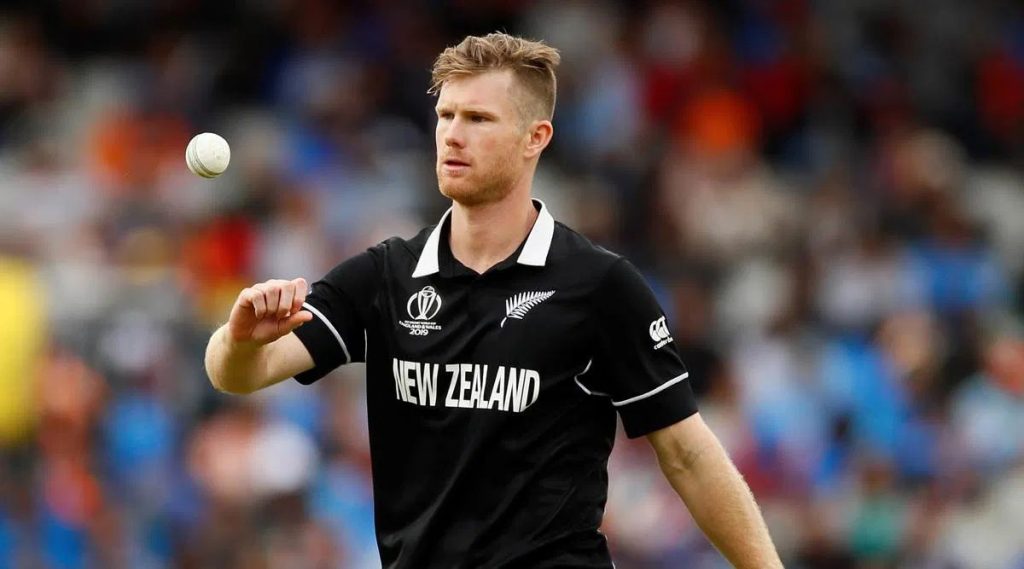
James Neesham was heavily punished by South Africa during the match in Pune. Bowling 5.3 overs, he conceded 69 runs while taking just one wicket. His economy rate of 12.54 is one of the worst economy rates in a single ODI match. South African batsmen targeted Neesham aggressively, capitalizing on every loose ball and scoring freely. His inability to stem the flow of runs significantly contributed to South Africa’s high total.
| Player | Overs | Runs Conceded | Wickets Taken | Economy | Opposition | Match |
|---|---|---|---|---|---|---|
| JDS Neesham | 5.3 | 69 | 1 | 12.54 | South Africa | New Zealand vs South Africa |
3. SL Malinga

Lasith Malinga, known for his deadly yorkers and accurate bowling, experienced one of the worst economy rates in a single ODI match against India. In Hobart, he bowled 7.4 overs and gave away 96 runs for a single wicket, finishing with an economy rate of 12.52. Indian batsmen attacked Malinga with ease, playing aggressive shots throughout his spell. This outing was rare for Malinga, who normally bowls with great control and economy.
| Player | Overs | Runs Conceded | Wickets Taken | Economy | Opposition | Match |
|---|---|---|---|---|---|---|
| SL Malinga | 7.4 | 96 | 1 | 12.52 | India | Sri Lanka vs India |
2. Tapash Baisya
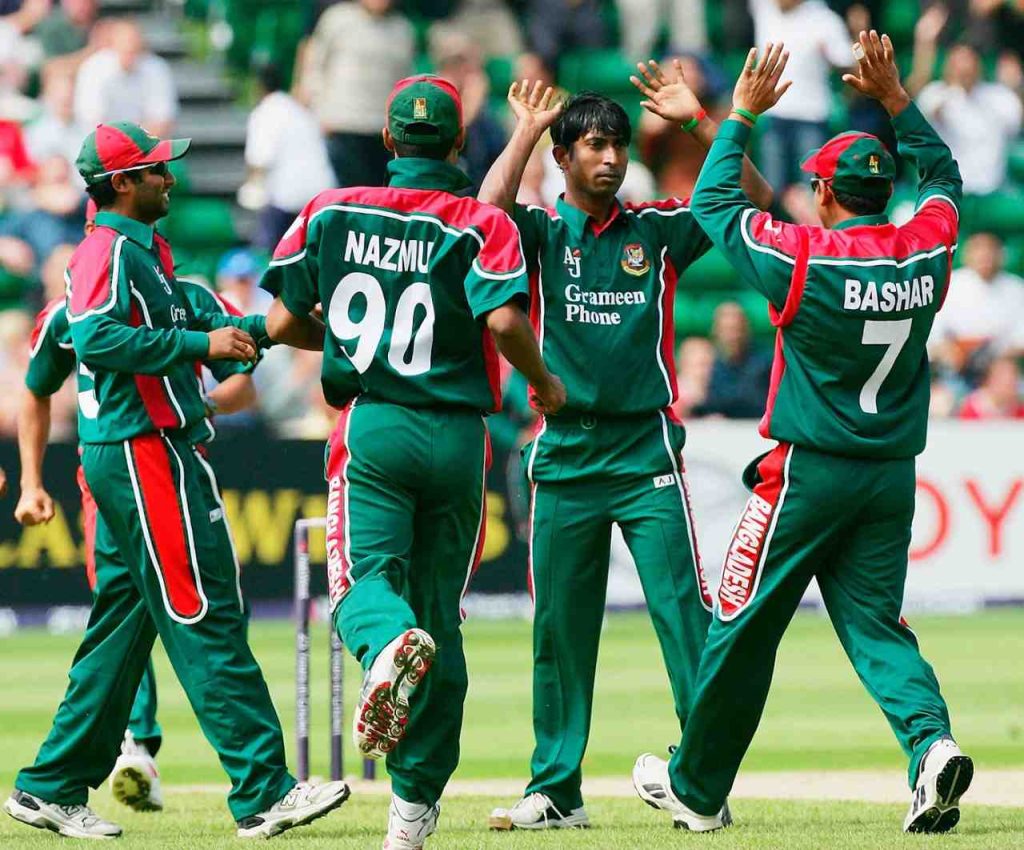
Bangladesh’s Tapash Baisya had a nightmare spell against England in Nottingham. Bowling 7 overs, he conceded 87 runs without picking up a wicket, resulting in an economy rate of 12.42. England’s strong batting lineup made it difficult for Baisya to maintain control, and the runs flowed freely. This spell is remembered among the Worst Economy Rates in a Single ODI Match due to the high run flow and lack of wickets.
| Player | Overs | Runs Conceded | Wickets Taken | Economy | Opposition | Match |
|---|---|---|---|---|---|---|
| Tapash Baisya | 7.0 | 87 | 0 | 12.42 | England | Bangladesh vs England |
READ MORE: Top 10 Players with Most Career Runs in T20 Internationals
1. SR Clark
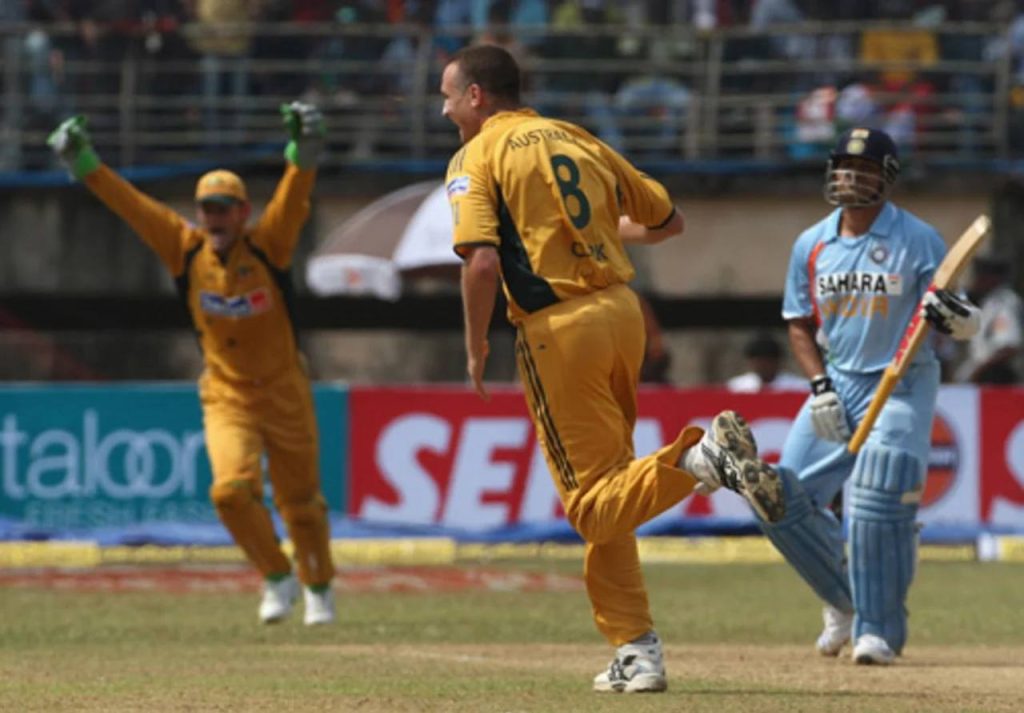
Stuart Clark’s bowling against West Indies was the most expensive among these matches. Bowling 7 overs, Clark conceded 87 runs without taking any wickets, leading to an economy rate of 12.42, matching Tapash Baisya’s figure. However, Clark’s spell is often regarded as more damaging due to the match situation. His inability to contain the West Indies batsmen contributed heavily to Australia’s struggle in the game.
| Player | Overs | Runs Conceded | Wickets Taken | Economy | Opposition | Match |
|---|---|---|---|---|---|---|
| SR Clark | 7.0 | 87 | 0 | 12.42 | West Indies | Australia vs West Indies |
The Worst Economy Rates in a Single ODI Match tell a story of how some bowlers face extremely tough challenges against aggressive batting lineups. From JB Little’s 13.80 economy to Stuart Clark’s 12.42, these spells are a reminder that even top bowlers can have days where runs flow freely against them. These performances are part of ODI cricket’s unpredictability, highlighting the battle between bat and ball and how dominant batting can punish even the best bowlers 10 Worst Economy Rates in a Single ODI Match.